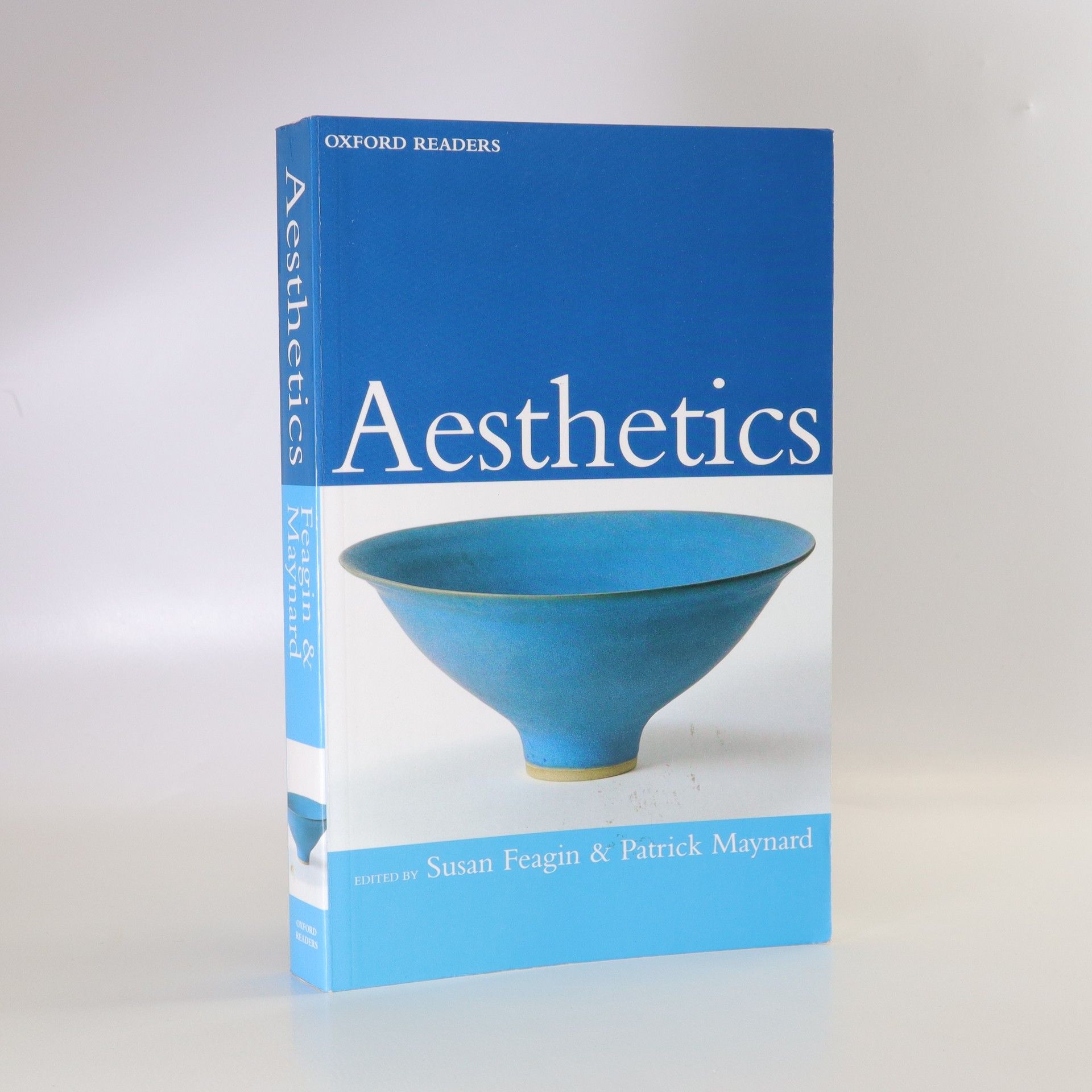This new Reader offers an important new resource, combining classic accounts of the nature of aesthetics with the latests methods of approaching the subject. With its valuable multicultural approach, not confined to the consideration of fine art, it focuses on questions that examine why artand the aesthetic matter to us and how perceivers participate in and contribute to the experience of appreciating a work of art.Why have people thought it important to separate out a group of objects and call them `art'? Is it inappropriate to think of something as art when its creator would not have considered it in that way? Are the concepts of art and the aesthetic elitist? Can we ever understand an artwork or beobjective about it? Including articles ranging from Aristotle and Xie-He to Jun'ichiro Tanizaki, Michael Baxandall and Susan Sontag, this Reader is unique in providing both Western and non-Western responses to aesthetics.
Susan L. Feagin Books
